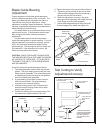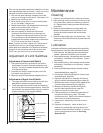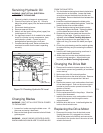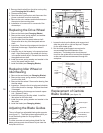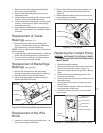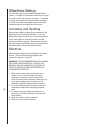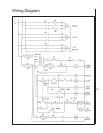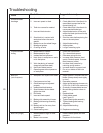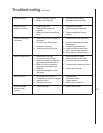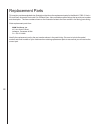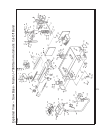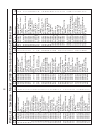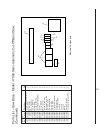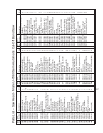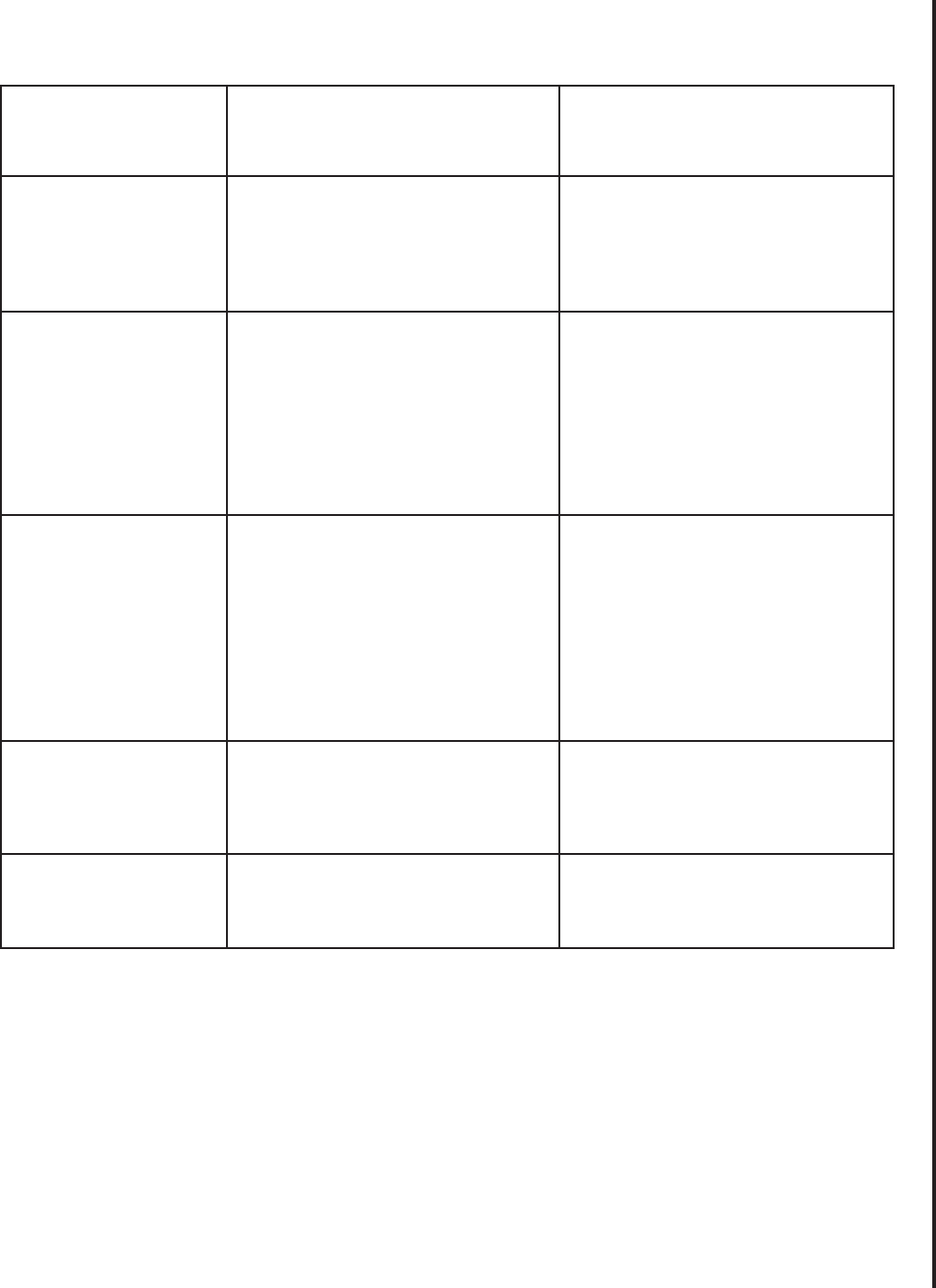
21
1. Blade is binding in the cut.
2. Blade tension too high.
1. Blade guides worn
2. Blade guide bearings not
adjusted.
3. Blade guide bearing bracket is
loose.
1. Blade tooth pitch too coarse for
workpiece.
2. Feed too slow; feed too fast.
3. Workpiece vibrating.
4. Gullets loading up with chips.
1. Blade tension too high.
2. Drive belt tension too high.
3. Blade too coarse for workpiece
(especially with tubular stock).
4. Blade too fine for workpiece
(especially with heavier, soft
material).
5. Speed reducer gears require
lubrication.
1. Pump motor is burned out.
2. Screen/filter on pump is clogged.
3. Impeller is loose.
4. Coolant level too low.
1. V-belt is too tight.
Blade is twisting
Unusual wear on
side/back of blade
Teeth missing/ripped
from blade
Motor running too hot
No coolant flow
Excessive speed
reducer noise/
vibration
1. Decrease feed pressure.
2. Decrease tension on blade
1. Replace blade guides.
2. Adjust blade guide bearings.
3. Tighten blade guide bearing
bracket.
1. Use blade with finer tooth pitch.
2. Increase feed pressure and/or
blade speed.
3. Clamp workpiece securely.
4a. Use blade with a coarse tooth
pitch—reduce feed pressure.
4b. Brush blade to remove chips.
1. Reduce tension on blade.
2. Reduce tension on drive belt.
3. Use blade with fine tooth pitch.
4. Use blade with coarse tooth pitch.
5. Check speed reducer.
1. Replace pump.
2. Clean screen/filter.
3. Tighten impeller.
4. Add coolant to reservoir.
1. Reset V-belt tension.
Troubleshooting (Continued)



